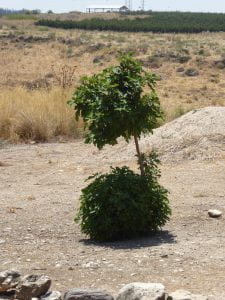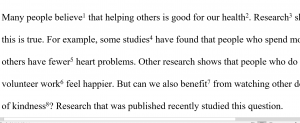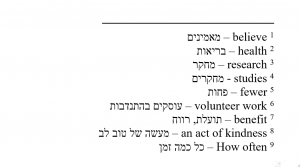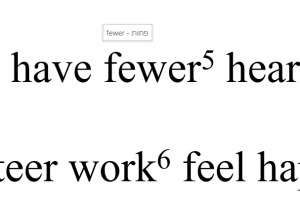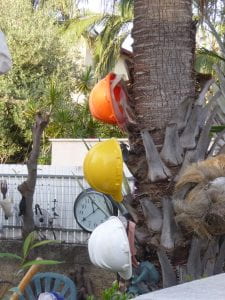
Naomi’s Photos
Three days until school begins.
If I hear another recommendation for a “really great Edtech Tool” that happens to be “just what I need to help me go back to school in the new reality of a pandemic”, I will SCREAM!
“Scream” virtually, that is. I don’t scream – I write blog posts.
I have no doubt at all that many of these recommendations are excellent and teachers find them helpful. Educators around the globe are doing their best to be helpful and share everything they know and I’m truly grateful.
But whoa, slow down.
I can’t “digest” that much.
Going back to school this year is particularly stressful with all the Covid-19 safety precautions. I already have a number of Edtech Tools up and ready to roll and am going to focus on making the most out of using them with the students. Overload is a danger – I feel the need to keep it simple and straightforward.
So don’t talk to me about “EdTech”.
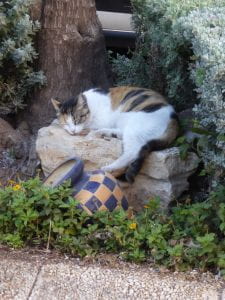
Naomi’s Photos
Yesterday I let my guard down and Adele Raemer’s emphatic recommendation to listen to a podcast with the currently intimidating title of ” 8 Tips for Teaching Online, from House of #EdTech” sailed through my barricades. In my defense, I must point out that we’re talking about Adele Raemer, who chose to write the following on the welcome page of her popular YouTube Channel “Digitally Yours”: “Take things at your own pace. Learn what you need, when you need it”. My kind of message!
Okay, okay, I also listened to the podcast because I had a lot of boring housework to do – timing is everything…
So, what was one of the things that Christopher Nesi from House of #EdTech said?
Christopher Nesi said: “KISS the students” – Keep It Simple, Silly!!!
As far as I’m concerned, everything he discussed related to the content of the lesson itself holds true regarding the tools used for blended learning or online learning – keep it simple! A small number of tools that both the students AND the teachers can master well may prove to be more effective. It will certainly improve the teacher’s level of “sanity”. KISS the students and the teachers too! Hey, “sane” starts with the letter “s” too – maybe we should add it to a teacher’s version!
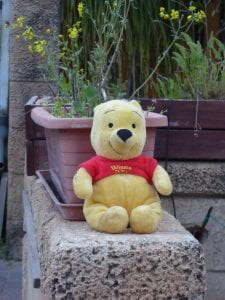
Naomi’s Photos
I’ll leave you with one more thing Christopher Nesi talked about:
“Walk in your students’ shoes”.
While we can never really walk in another person’s shoes, now is a good time to think about what I do know about where my students are “really from”.
Forgive my reposting – now is the right time for it.
– – – – – – – – – – – — – – – – – – – — – – – – –
My students spill out of taxi cabs each morning, rubbing their sleepy eyes after early morning pick-ups, napping or texting through the traffic jams on the long way to school.
Some are from homes where no one gets up before they do, to see that they leave without breakfast and have packed nothing but party snacks in their school bag for the long day…
Others are from big hugs and best wishes for their day at school, armed with the knowledge that someone is interested in knowing how the day turns out.
They are from blindingly new cell phones, complete with accessories, screens lighting up their lives, from shame masked by annoyance at teachers who insist on such unattainable things otherwise known as pencils and schoolbooks, knowing notes to parents will go unheeded.
Some are from a lifetime of dodging communication pitfalls, guessing meaning from partially heard sentences, tiring easily by the necessity of being constantly alert, at home and at school. From relief at coming to a school where they are no longer the only student with a hearing aid in the entire school – always conspicuous, sure that whispered conversations are about them.

Naomi’s Photos
Others are from a world full of hands in motion, sailing confidently in a sea of visual vocabulary from birth, signing their pride to be Deaf and their frustration with the world which doesn’t use Sign Langauge, while resenting school organized efforts to create shared experiences between hearing and Deaf peers.
Teenage students of mine come from long trips abroad with their parents during the school year, from dealing with the anger of the same parents for then doing poorly at school, while trusting these parents to bully their teachers into forgetting about the missed material, evading the demand for buckling down.
Adolescent students of mine are from dependence on parents to navigate the world for them, from apron strings tied with double knots, cell phones bridging the distance, tightening the knots that need to be loosened.
My students are from a belief that I always know where they are really from.
Day in, day out, I give it my best shot.
Where are YOUR students really from?
Originally posted here: https://visualisingideas.edublogs.org/2020/01/04/where-are-my-students-really-from/


